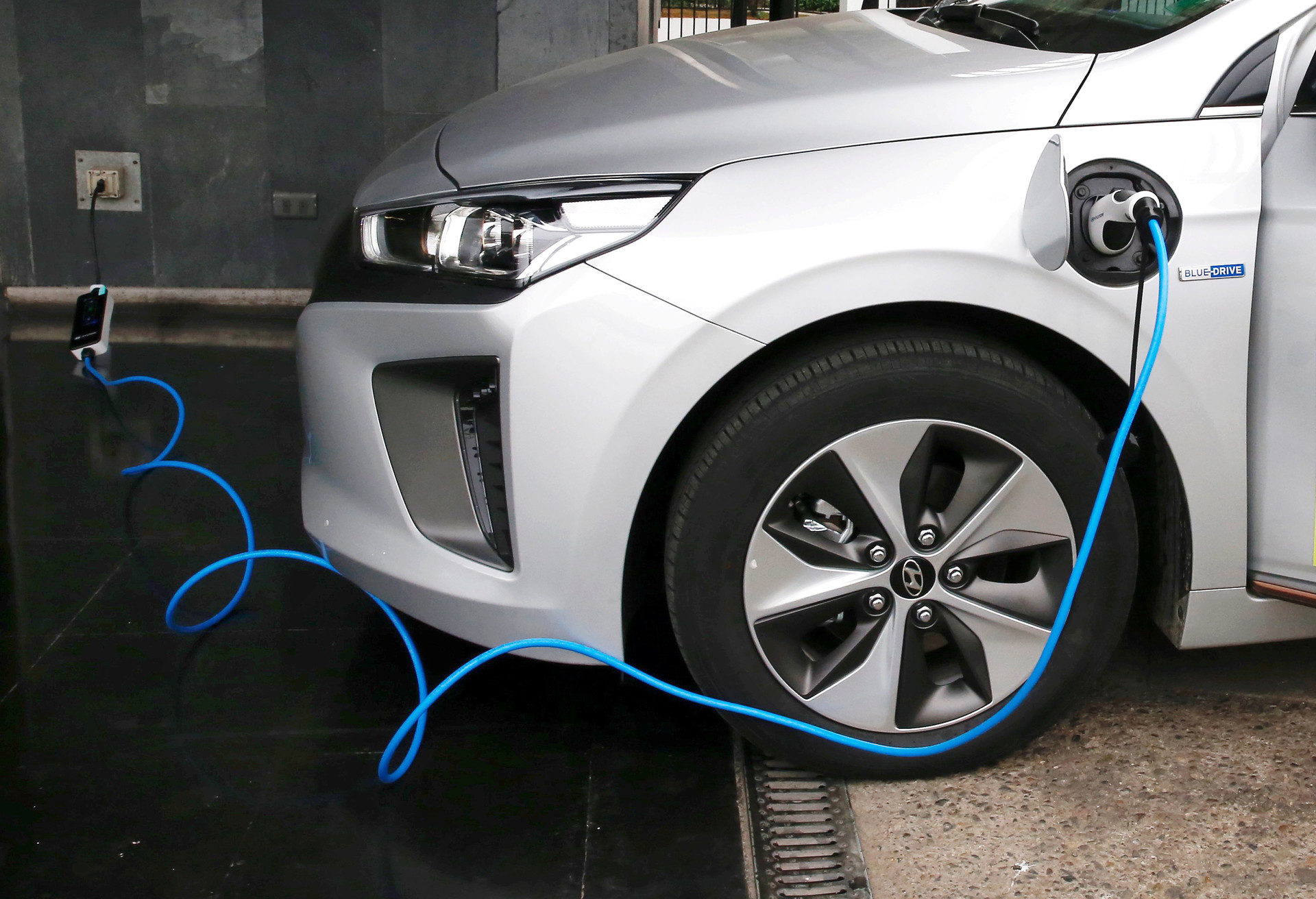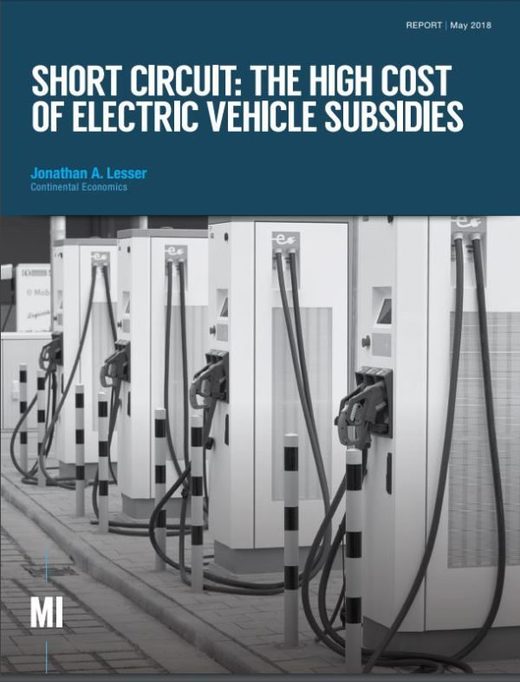New report suggests EV's are out of reach for the average American, and broad adoption will actually cause an increase in traditional air pollution
It asks whether the internal combustion engine is on its way out. It soon will be, according to advocates for "zero-emissions vehicle" (ZEV) technologies, especially battery-powered electric vehicles. They claim that ZEVs will offer superior performance, lower cost, and, most importantly, "emissions-free" driving.
Sound too good to be true? That's because it is, according to a new report published by the Manhattan Institute. Dr. Jonathan Lesser, the author of "Short Circuit: The High Cost of Electric Vehicles," argues that critics of the internal combustion engine fail to consider just how clean and efficient new cars are.
Using a recent forecast prepared by the U.S. Energy Information Administration, Lesser's analysis shows that, over the period 2018 - 2050, the electric generating plants that will charge new EVs will emit more air pollution than the same number of new internal combustion engines, even accounting for air pollution from oil refineries that manufacture gasoline.
What's more, EV subsidies benefit the wealthy at the expense of the poor. A nationwide survey of EV owners in 2017 found that 56% had household incomes of at least $100,000 and 17% had household incomes of at least $200,000. In 2016. median household income for the US as a whole was less than $58,000.
It's time to hit the brakes on the government's drive for electric vehicles.
Short Circuit: The High Cost of Electric Vehicle Subsidies
Abstract
Many claim that "zero-emissions vehicles" (ZEVs), especially battery-powered electric vehicles, should replace most, if not all, cars and trucks powered by gasoline-burning internal combustion engines. The primary rationale is to reduce air pollution and carbon dioxide (CO2) emissions.
To effect this change, governments are spending billions of dollars to subsidize electric vehicles. These subsidies include state and federal tax credits for purchasing ZEVs and programs to subsidize the installation of vehicle-charging infrastructure in businesses, households, and along highways. Several states also have mandated the sale of ZEVs. For example, an executive order signed by California governor Jerry Brown in January requires 5 million ZEVs to be on the state's roads and highways by 2030.
Will these subsidies and programs accomplish their objectives? And at what cost? A review of the literature finds few cost-benefit studies on these key questions.
KEY FINDINGS
- Broad-based adoption of ZEVs will increase overall emissions of sulfur dioxide, oxides of nitrogen, and particulates, compared with the same number of new internal combustion engines. The simple fact is that, because of stringent emissions standards and low-sulfur gasoline, new gasoline-powered cars and trucks today emit very little pollution, and they will emit even less in the future.
- While new ZEVs will reduce CO2 emissions compared with new internal combustion vehicles, the overall reduction will be less than 1% of total forecast energy-related U.S. CO2 emissions through 2050. That reduction will have no measurable impact on world climate-and thus the economic value of CO2 emissions reductions associated with ZEVs is effectively zero.
- Subsidies for ZEVs and the required infrastructure to support them benefit the higher-income consumers who can afford to purchase them at the expense of lower-income consumers who cannot. In California alone, the total cost of ZEV subsidies, including federal tax credits and state rebates for ZEV purchases, as well as subsidies for private and public charging infrastructure, is likely to exceed $100 billion.





Comment: Increasing air pollution is not a minor consideration - it is the world's biggest killer.